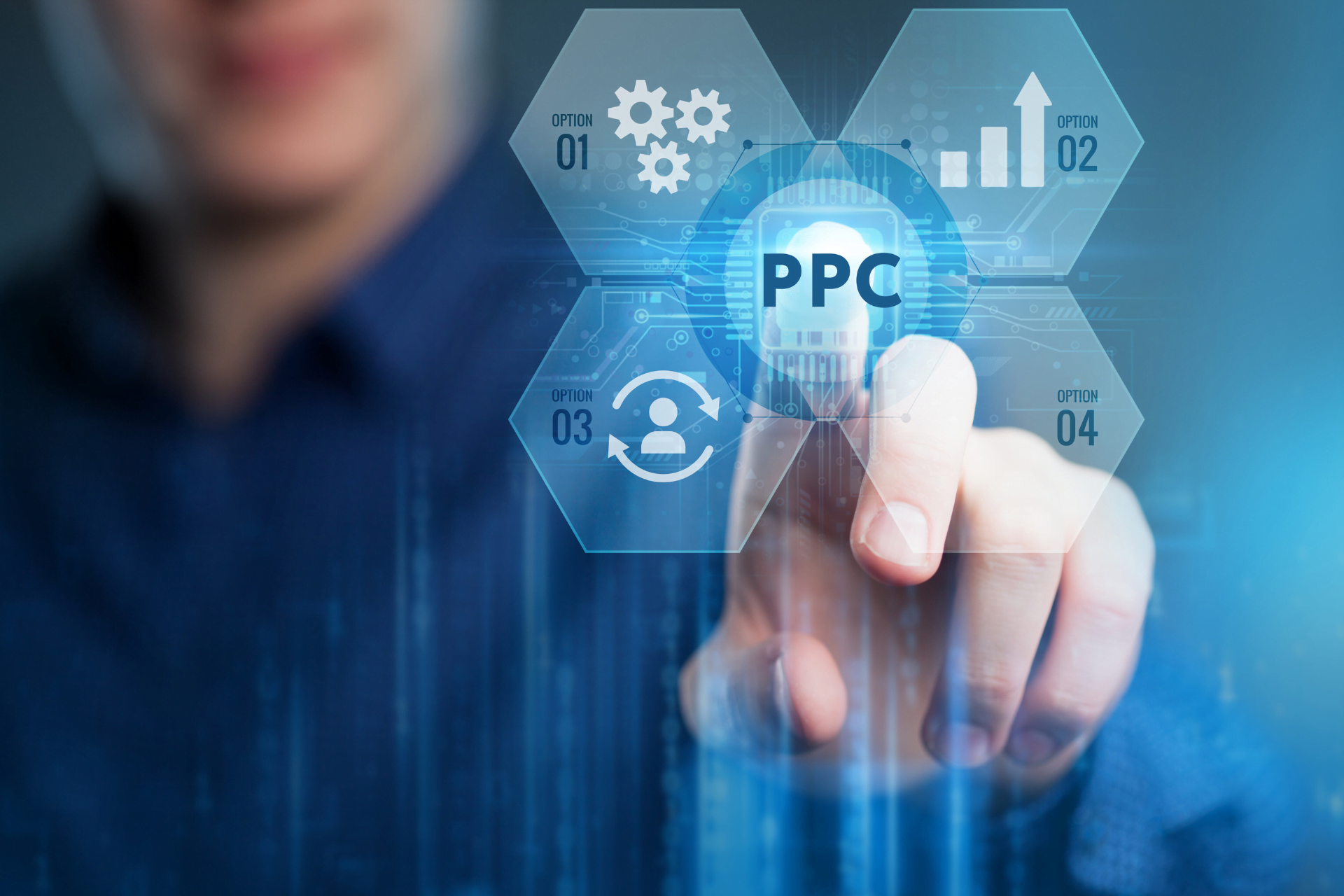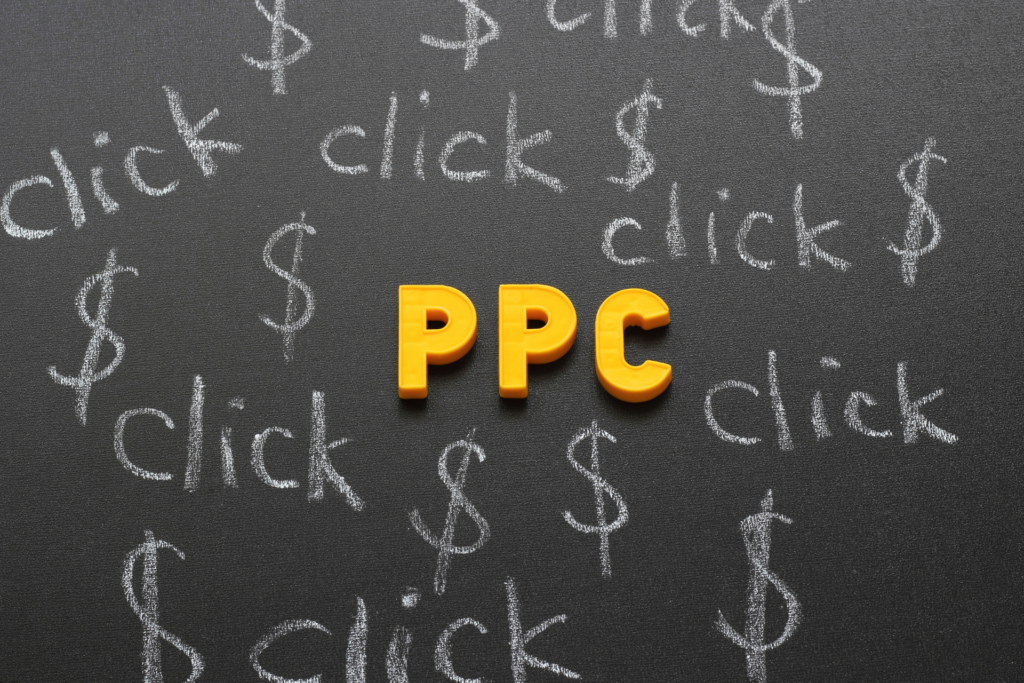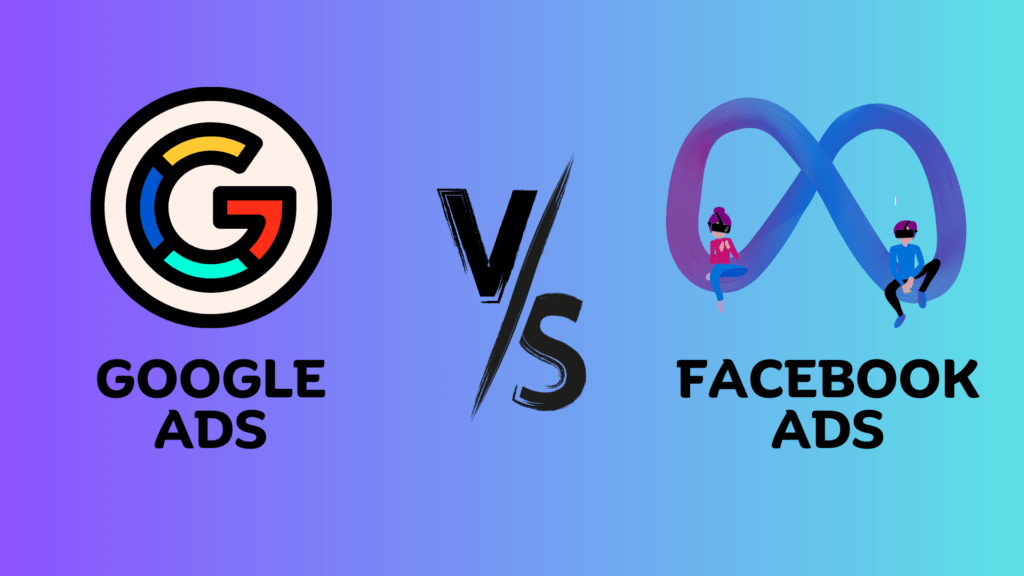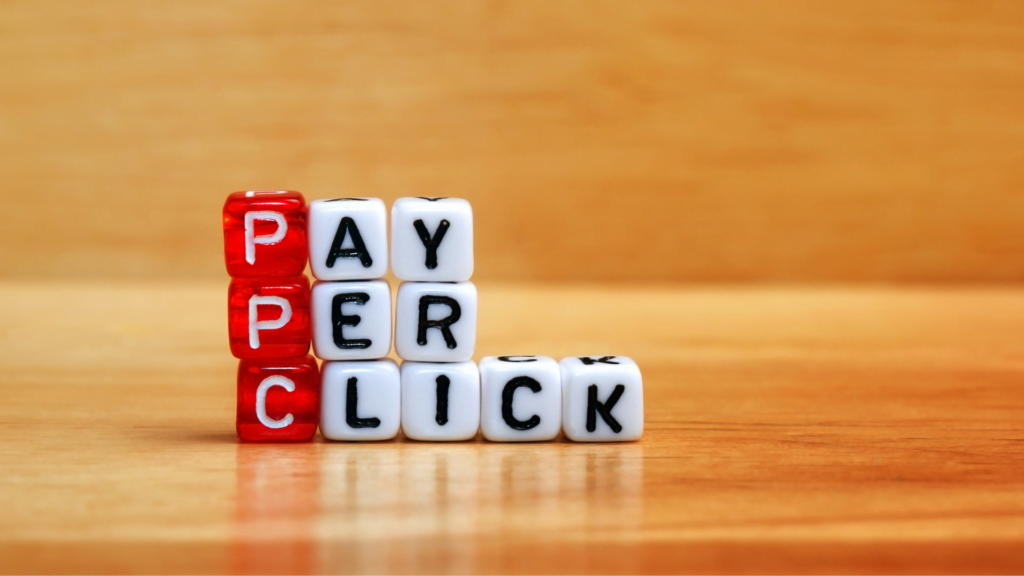Introduction
In today’s digital age, the e-commerce sector is booming, with businesses constantly striving to gain a competitive edge in a crowded marketplace. Amidst this intense competition, pay-per-click (PPC) advertising has emerged as a game-changing tool for e-commerce businesses looking to enhance their online presence, drive targeted traffic, and ultimately boost sales. This comprehensive guide explores the reasons why PPC has become indispensable for all e-commerce businesses, delving into its various advantages, strategies, and best practices.
The Power of PPC in E-commerce
1. Targeted Reach
PPC offers e-commerce businesses the ability to precisely target their desired audience based on various demographics, interests, and online behaviors. Platforms like Google Ads, Bing Ads, and social media advertising channels provide robust targeting options, allowing businesses to reach potential customers who are actively searching for products or services they offer. By leveraging advanced targeting capabilities, e-commerce businesses can ensure that their ad spend is directed towards individuals most likely to convert into customers, thus maximizing the efficiency of their marketing efforts.
2. Immediate Results
Unlike organic methods such as search engine optimization (SEO) which can take weeks or even months to yield results, PPC offers immediate visibility and traffic. Once a PPC campaign is launched, ads can appear on search engine results pages (SERPs) or social media feeds almost instantly, driving relevant traffic to the e-commerce site. This rapid feedback loop enables businesses to quickly assess the effectiveness of their marketing campaigns and make necessary adjustments to optimize performance in real-time.
3. Cost-Effective Advertising
PPC offers a cost-effective advertising solution for e-commerce businesses of all sizes. With PPC, advertisers only pay when a user clicks on their ad, making it a highly efficient way to allocate marketing budgets. Additionally, PPC platforms provide extensive control over spending, allowing businesses to set daily budgets, adjust bids, and track ROI in real-time. This level of flexibility ensures that advertising dollars are spent judiciously, maximizing return on investment (ROI) and enabling businesses to achieve their marketing objectives within their budget constraints.
4. Enhanced Brand Visibility
PPC can significantly enhance brand visibility and awareness in the competitive e-commerce landscape. By appearing at the top of search results or within social media feeds, businesses can increase their exposure to potential customers. Consistent exposure through PPC reinforces brand recognition and credibility, ultimately driving long-term customer loyalty and trust. Moreover, PPC allows businesses to strategically position their brand in front of their target audience, ensuring that they remain top-of-mind when customers are ready to make a purchase decision.
5. Measurable Performance
One of the key advantages of PPC is its ability to provide detailed performance metrics and analytics. Through platforms like Google Analytics and AdWords, businesses can track various metrics such as click-through rates (CTR), conversion rates, and cost per acquisition (CPA). This wealth of data enables businesses to gain valuable insights into customer behavior, identify trends, and refine their marketing strategies for optimal results. By continuously monitoring and analyzing performance metrics, e-commerce businesses can make data-driven decisions to improve campaign performance and drive greater ROI.
PPC Strategies for E-commerce Success
1. Keyword Research
Effective keyword research is essential for PPC success in e-commerce. By identifying relevant keywords and phrases related to their products or services, businesses can ensure that their ads appear to users actively searching for those terms. Tools like Google Keyword Planner, SEMrush, and Ahrefs can help businesses discover high-volume keywords with manageable competition, allowing them to create targeted PPC campaigns that reach their ideal audience.
2. Compelling Ad Copy
Crafting compelling ad copy is crucial for capturing the attention of potential customers and driving clicks. Ads should be concise, engaging, and tailored to resonate with the target audience. Incorporating unique selling propositions (USPs), promotions, and compelling calls-to-action (CTAs) can entice users to click through to the e-commerce site, ultimately leading to conversions. A/B testing different ad creatives and messaging can help businesses identify which approaches resonate best with their audience and drive the highest conversion rates.
3. Landing Page Optimization
Optimizing landing pages is essential for maximizing the effectiveness of PPC campaigns. Landing pages should be visually appealing, user-friendly, and optimized for conversions. Clear and concise messaging, prominent CTAs, and streamlined checkout processes can help minimize friction and encourage users to complete their purchase. A/B testing various elements of the landing page, such as headline copy, imagery, and form fields, can provide valuable insights into what resonates best with the target audience and drive higher conversion rates.
4. Remarketing
Remarketing allows e-commerce businesses to re-engage with users who have previously visited their site or interacted with their ads. By displaying targeted ads to these users across the web, businesses can encourage them to return and complete their purchase. Dynamic remarketing, which showcases specific products or services that users have previously viewed, can be particularly effective in recapturing lost conversions and driving sales. By implementing remarketing campaigns, e-commerce businesses can increase brand recall, drive repeat traffic, and boost overall sales performance.
5. Continuous Optimization
PPC is not a set-it-and-forget-it strategy; rather, it requires ongoing optimization and refinement to maintain effectiveness. Regularly monitoring performance metrics, testing different ad creatives and targeting parameters, and adjusting bids based on performance are essential for maximizing ROI. By staying agile and adaptive, e-commerce businesses can ensure that their PPC campaigns remain competitive and deliver sustainable results over time. Moreover, continuous optimization allows businesses to capitalize on emerging trends, respond to changes in consumer behavior, and stay ahead of the competition in the dynamic e-commerce landscape.

Future of PPC in E-commerce
1. AI and Automation Revolutionizing PPC Campaigns
Artificial Intelligence (AI) and automation are poised to revolutionize PPC campaigns in e-commerce. AI-powered tools are becoming increasingly sophisticated, enabling businesses to automate various aspects of PPC management, including keyword selection, ad optimization, and bid management. By leveraging AI-driven insights and algorithms, e-commerce businesses can streamline their PPC campaigns, improve targeting accuracy, and maximize ROI.
Additionally, AI-powered predictive analytics can help businesses anticipate customer behavior, optimize ad creative, and deliver personalized messaging, driving higher engagement and conversion rates.
2. Integration of Voice Search and Visual Search
The rise of voice search and visual search is reshaping the future of PPC in e-commerce. With the proliferation of voice-activated devices like smart speakers and virtual assistants, businesses need to optimize their PPC campaigns for voice search queries. This involves adapting ad copy and keyword targeting to align with natural language queries and conversational search patterns.
Similarly, the integration of visual search technology allows users to search for products using images rather than text, presenting new opportunities for e-commerce businesses to engage with customers through visual ads. By incorporating voice search and visual search into their PPC strategies, businesses can stay ahead of the curve and capitalize on emerging trends in consumer behavior.
3. Enhanced Personalization and Customer Experience
Personalization is becoming increasingly important in PPC advertising, as consumers expect tailored experiences that resonate with their individual preferences and interests. In the future, e-commerce businesses will leverage advanced targeting capabilities and data-driven insights to deliver highly personalized PPC campaigns that address the unique needs of each customer.
From personalized ad creative and messaging to customized landing pages and offers, businesses will strive to create seamless and relevant experiences that drive engagement and conversions. By prioritizing personalization in their PPC strategies, e-commerce businesses can foster stronger customer relationships, increase brand loyalty, and drive long-term revenue growth.
4. Multi-Channel Integration and Cross-Device Targeting
The future of PPC in e-commerce will be characterized by increased emphasis on multi-channel integration and cross-device targeting. As consumers interact with brands across multiple touchpoints and devices, businesses need to adopt a holistic approach to PPC advertising that spans various channels and devices. This involves integrating PPC campaigns across search engines, social media platforms, display networks, and other digital channels to create cohesive and consistent brand experiences.
Moreover, with the proliferation of mobile devices and the growing importance of mobile commerce (m-commerce), e-commerce businesses will need to prioritize mobile optimization and implement cross-device targeting strategies to reach users seamlessly across desktops, smartphones, and tablets. By embracing multi-channel integration and cross-device targeting, e-commerce businesses can maximize their reach, engagement, and conversions in an increasingly fragmented digital landscape.
Conclusion
In conclusion, the future of PPC in e-commerce is poised for remarkable evolution, driven by advancements in technology, shifting consumer behaviors, and the relentless pursuit of enhanced performance and efficiency. As AI and automation continue to reshape PPC campaign management, businesses will harness the power of predictive analytics and machine learning to optimize targeting, improve ad relevance, and drive higher conversion rates. The integration of voice search and visual search presents new opportunities for engaging with customers through natural language queries and image-based interactions, requiring businesses to adapt their PPC strategies to meet evolving search trends.
Furthermore, the emphasis on personalized experiences and multi-channel integration underscores the importance of delivering tailored messaging across various touchpoints and devices, fostering stronger customer relationships and driving long-term brand loyalty. By embracing these emerging trends and staying at the forefront of innovation, e-commerce businesses can unlock the full potential of PPC advertising and achieve sustained growth and success in the dynamic digital landscape of tomorrow.





I love this article so much.
Your article helped me a lot, is there any more related content? Thanks!
I don’t think the title of your article matches the content lol. Just kidding, mainly because I had some doubts after reading the article.
Thanks for sharing. I read many of your blog posts, cool, your blog is very good.